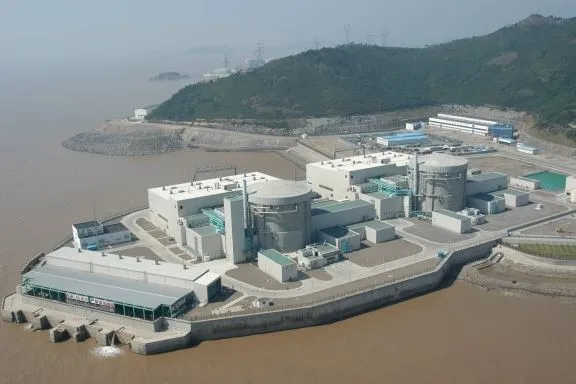
China failed to boost nuke installation capacity to 40GW in 2015
It is behind by 15GW from its target.
China has fallen behind its 12th FYP target to raise its nuclear installation capacity to 40GW by the end of 2015, with only 24.14GW installed as of 15 September. This is mainly attributed to the temporary suspension of inland nuclear project approvals. Following the Fukushima accident in 2011, only two projects in coastal area have been approved: Tianwan phase II nuclear project, approved in December 2012 and Liaoning Hongyanhe No.5&6 units, approved in February 2015.
Evan Li, analyst at HBSC, said that although China is set to fall short of its target in 12th FYP, its target for 2020 has remained unchanged at 58GW, as laid out in the latest Energy Development Strategy (2014-2020). "We expect China to speed up the pace of nuclear project construction and approval if it keeps the 58GW target for 2020 in the 13th FYP," he added.
Fundamentals of nuclear power have remained positive, as China continues to nurture this industry as its low-cost solution to de-carbonise power supply. "We continue to favour companies with high exposure to the nuclear space as China plans to grow nuclear capacity to 58GW by 2020, implying a 19.4% CAGR, supported by a clear policy direction and investment pipelines (the construction cycle is seven years)," Li said.
Following China’s recent pledge on climate change to the United Nations, there could be a further policy-driven expansion of nuclear capacity to reduce emissions.
A carbon tax programme to discourage the use of fossil-fuel-based power generation could also be positive for nuclear plays but negative to conventional thermal power equipment makers


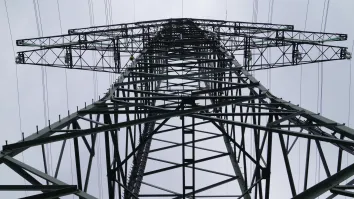
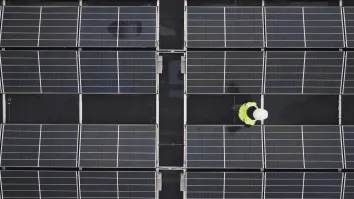
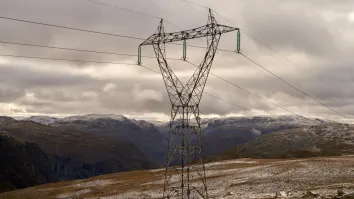
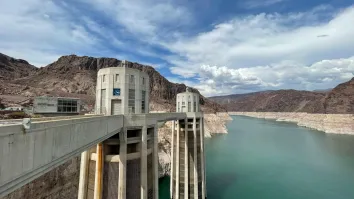
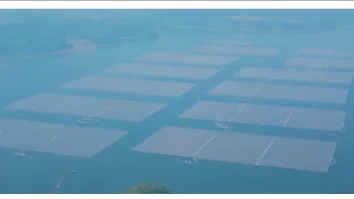
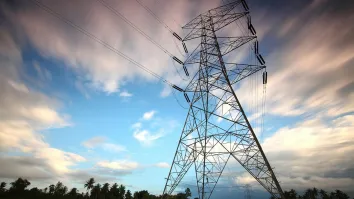
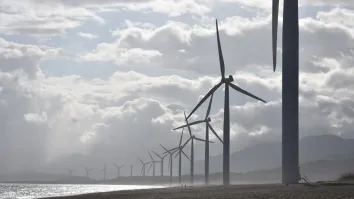




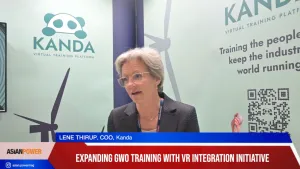
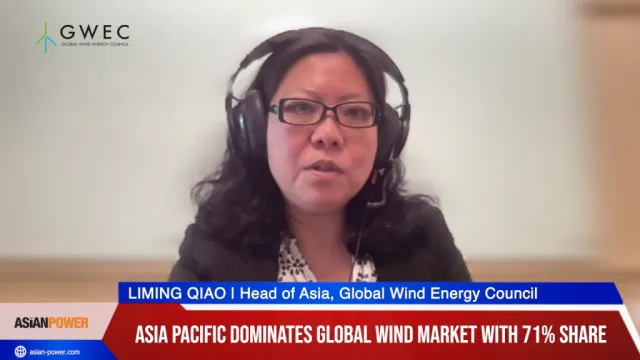
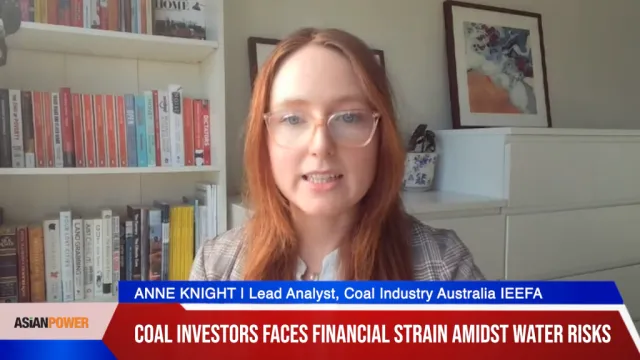
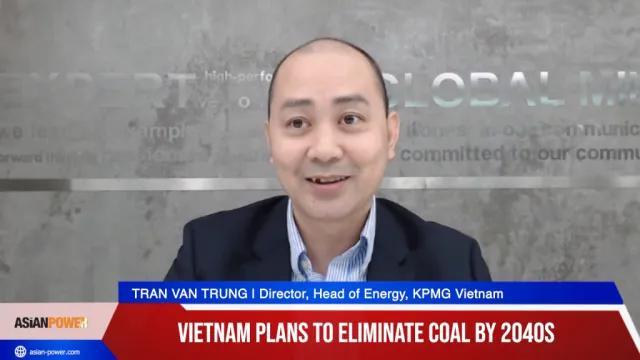
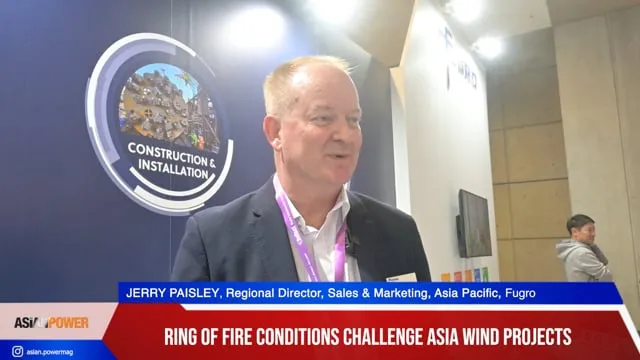

 Advertise
Advertise






